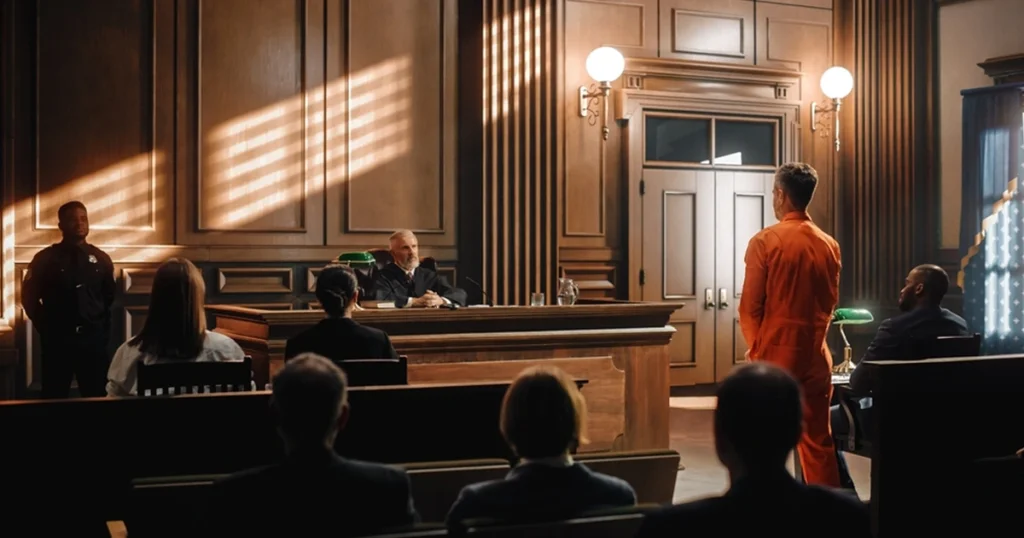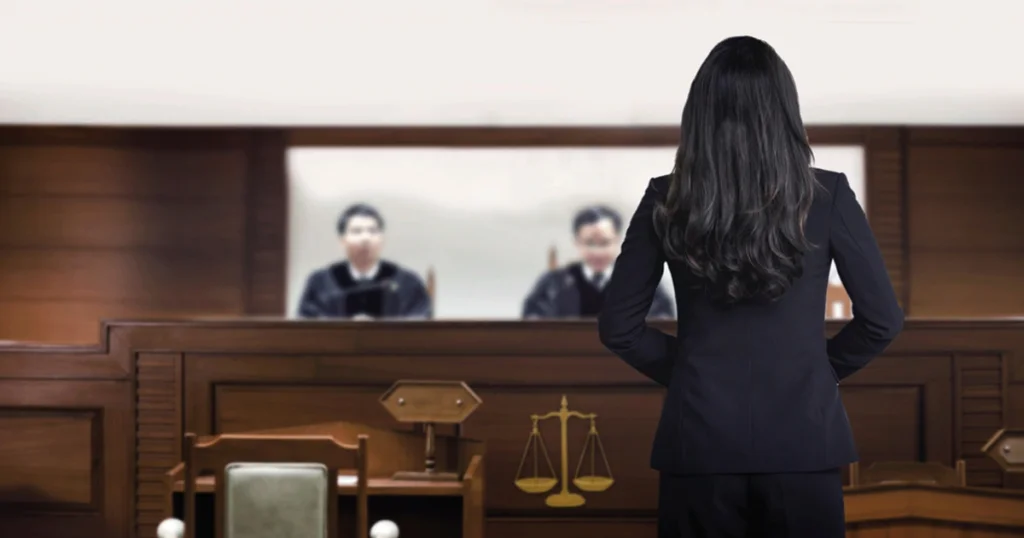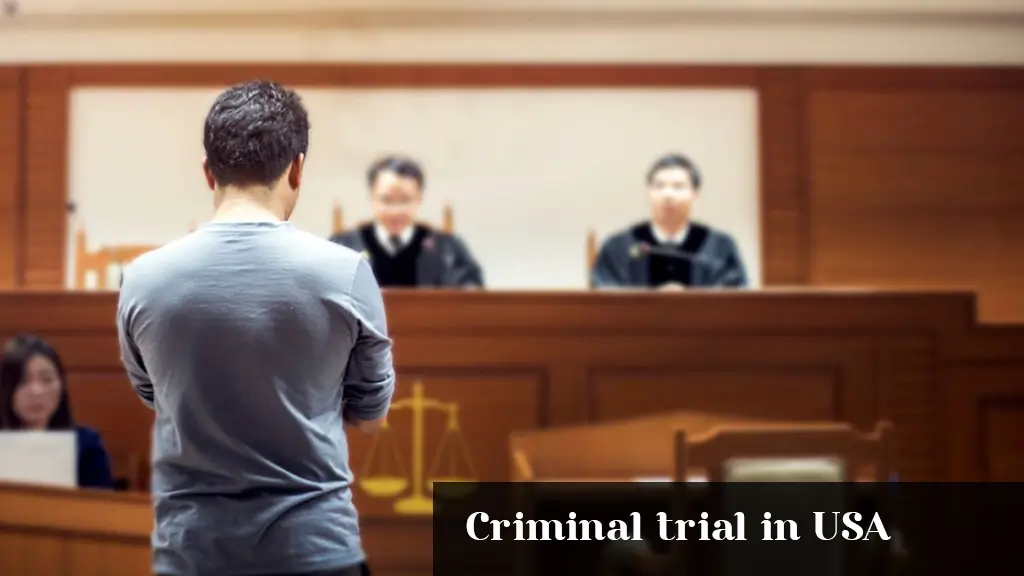Understanding a Criminal Trial in the USA: A Step-by-Step Guide
A criminal trial in the USA is a structured legal process that determines whether someone accused of a crime is guilty or innocent. This trial process is central to the American legal system, providing a way for individuals to defend themselves against accusations in a court of law. If you’re involved in a criminal case or simply interested in understanding the system better, this guide breaks down the steps and key components of a criminal trial in the USA.
1. What Is a Criminal Trial in the USA?
A criminal trial in the USA is a court proceeding where the prosecution and defense present their evidence and arguments to prove or refute a criminal charge. Trials follow a standardized process to ensure fairness, allowing the accused (defendant) a fair opportunity to present a defense while the prosecution works to establish guilt “beyond a reasonable doubt.” The outcome, decided by a judge or jury, can lead to a conviction, acquittal, or sometimes a mistrial.
The trial is designed to be transparent and impartial, with several rules and procedures to protect the rights of all parties involved.

2. The Stages of a Criminal Trial in the USA
A criminal trial in the USA typically includes several stages, each with a specific purpose in determining the outcome. Here is an overview of these stages:
a) Pre-Trial Process
Before the trial begins, the court holds preliminary hearings to address procedural matters. Here’s what happens during pre-trial:
– Arraignment: The defendant is formally charged and asked to enter a plea (guilty, not guilty, or no contest).
-Discovery Process: Both the defense and prosecution share evidence they plan to present, allowing both sides to prepare.
-Motions: Either side may file motions to request specific rulings, such as excluding certain evidence or dismissing the case.
The pre-trial stage is critical, as it can set the foundation for how the case will proceed.
b) Jury Selection
In most criminal trials in the USA, a jury of citizens is selected to decide the outcome of the case. The selection process, known as *voir dire*, is conducted by the judge, prosecution, and defense to ensure an impartial jury. Each side may dismiss certain jurors if they believe they may be biased. Jury selection is essential to ensuring fairness, as jurors are expected to evaluate the evidence objectively.
c) Opening Statements
Once the jury is seated, the trial begins with opening statements from both the prosecution and defense. In these statements:
–Prosecution’s Statement: The prosecutor outlines the case against the defendant, summarizing evidence and witnesses they’ll present.
–Defense’s Statement: The defense response, introducing their own perspective and hinting at the evidence and witnesses that will support the defendant’s innocence.
Opening statements give the jury a preview of what each side aims to prove.
d) Presentation of Evidence
The evidence stage is the core of the trial, where both sides present their arguments. The prosecution goes first, as they hold the burden of proving the defendant’s guilt. This stage includes:
–Prosecution’s Evidence: The prosecution calls witnesses, presents physical evidence, and uses testimonies to build their case.
–Cross-Examination: The defense has the opportunity to question each witness to challenge the prosecution’s narrative.
After the prosecution rests its case, the defense presents its own evidence, calling witnesses and providing testimonies to counter the charges. The defense may also choose not to present any evidence if they believe the prosecution’s case lacks sufficient proof.
e) Closing Arguments
After all evidence has been presented, both sides deliver their closing arguments. These statements summarize the case from each side’s perspective, highlighting key points they believe support their case. In the closing argument:
– Prosecution Reasserts Guilt: The prosecutor ties together their evidence, arguing that it proves the defendant’s guilt beyond a reasonable doubt.
– Defense Emphasizes Doubt: The defense points out weaknesses in the prosecution’s case, reminding the jury of any uncertainties that could justify acquittal.
Closing arguments are each side’s final opportunity to persuade the jury, so they are often presented with emphasis and clarity.
3. Jury Deliberation/Consideration and Verdict
After closing arguments, the jury is instructed by the judge on how to apply the law to the case. They then enter a private room to deliberate, discussing the evidence and arguments presented during the trial.
a) Consideration Process
The jury must decide if the prosecution has proven the defendant’s guilt beyond a reasonable doubt. In criminal trials in the USA, the jury’s decision must typically be unanimous to convict or acquit the defendant. If the jury cannot reach a unanimous decision, the trial may end in a “hung jury,” resulting in a mistrial. In such cases, the prosecution may choose to retry the case.
b) Verdict
Once the jury reaches a final decision, they return to the courtroom, and the verdict is read. Possible outcomes include:
– Guilty: The defendant is found guilty of the charges and will face sentencing.
– Not Guilty: The defendant is acquitted and free from the charges.
– Mistrial: The jury cannot reach a verdict, which may lead to a retrial.
The verdict marks the end of the trial, though sentencing may still follow if the defendant is found guilty.

4. Sentencing: What Happens After a Guilty Verdict?
If the jury finds the defendant guilty, a separate hearing is held for sentencing. During this hearing, the judge considers various factors, including the nature of the crime, the defendant’s criminal history, and recommendations from both sides. The judge may impose penalties such as:
– Fines
– Probation
– Community Service
– Imprisonment
Sentencing aims to deliver justice, provide a deterrent, and promote rehabilitation in cases where appropriate.
5. The Role of a Criminal Lawyer in the USA During a Trial
A criminal lawyer in the USA plays a critical role in ensuring that the defendant receives a fair trial. From the pre-trial phase to sentencing, an experienced lawyer provides guidance, defends the accused’s rights, and works to achieve the best possible outcome. Here’s how a criminal lawyer contributes:
-Preparation and Strategy: They gather evidence, plan the defense, and anticipate the prosecution’s arguments.
-Representation in Court: The lawyer speaks on behalf of the defendant, questions witnesses, and presents evidence to counter the charges.
-Protection of Rights: A lawyer ensures that the defendant’s rights are respected throughout the process, such as the right to a fair trial and protection from unlawful searches and seizures.
Having a skilled criminal lawyer in the USA can be the difference between conviction and acquittal, making their role indispensable during a criminal trial.
6. Appeals: Seeking Justice Beyond the Trial
If a defendant is convicted, they have the right to appeal the decision if they believe errors were made during the trial. An appeal is a request for a higher court to review the case and determine if the trial was conducted fairly. Common reasons for appeals include:
– Improper instructions given to the jury
– Insufficient evidence to support a conviction
– Procedural errors that violated the defendant’s rights
An appeal does not guarantee a new trial, but it provides an opportunity for the verdict to be reviewed and potentially overturned.
Conclusion: Navigating a Criminal Trial in the USA
The process of a criminal trial in the USA is designed to ensure fairness and uphold justice, allowing the accused to defend themselves in a structured environment. While the process may seem complex, understanding each stage helps demystify what to expect in a criminal trial. For anyone facing criminal charges, having a knowledgeable criminal lawyer by their side is essential for a fair and thorough defense.

